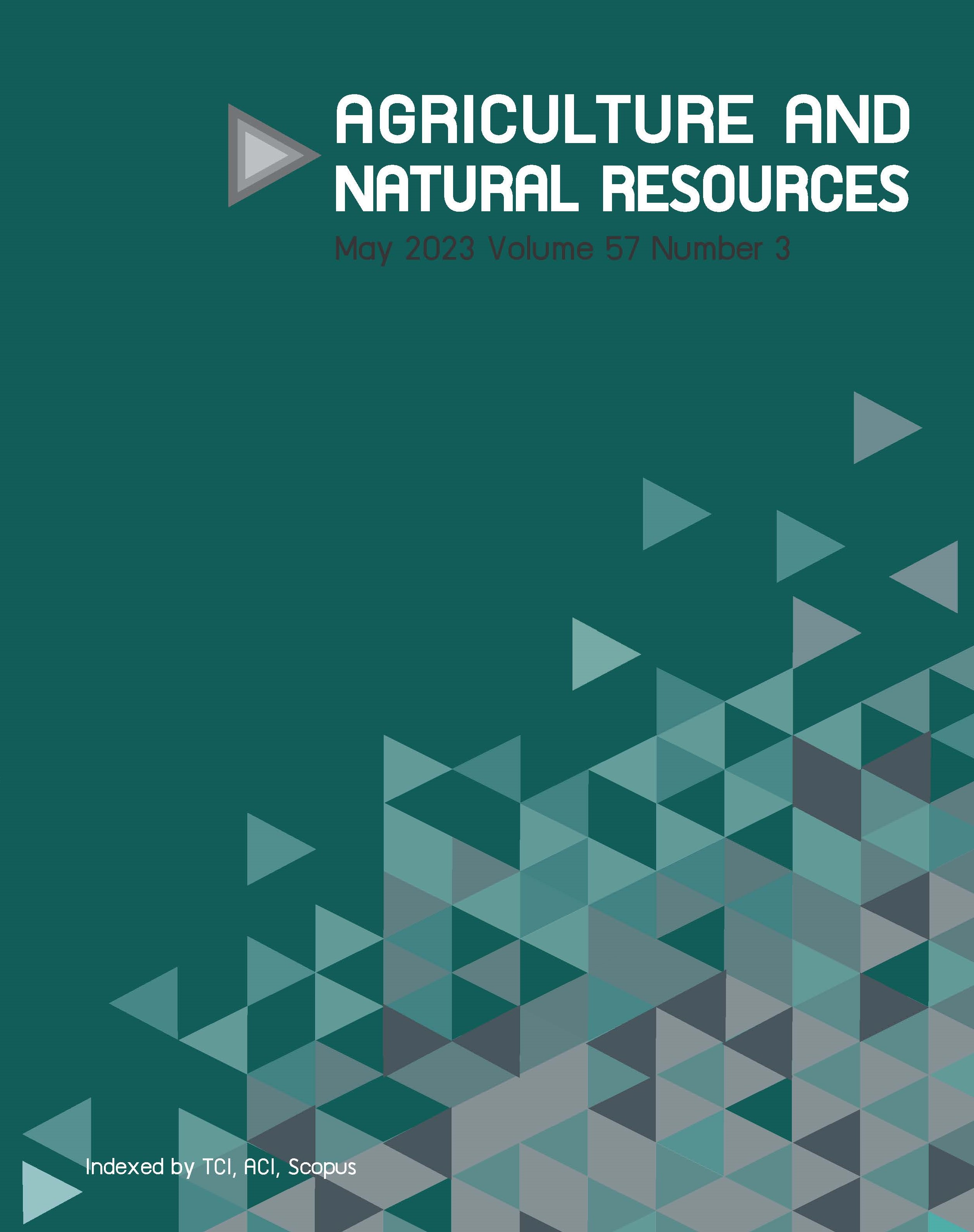Variation among beef cuts of fattened Charolais crossbreds raised under Thai tropical environmental conditions
Keywords:
Beef, Cattle, Carcass, Production, TropicsAbstract
Importance of the work: Knowing the variation and correlation between beef cuts would benefit fattening beef production, genetic improvement, carcass management and marketing.
Objectives: To estimate the variation of and correlation between beef cuts of commercial Charolais crossbred cattle raised under tropical environmental conditions in Thailand.
Materials & Methods: Data of beef cuts from the forequarters and the hindquarters of 7,936 Charolais crossbred cattle intensively fattened were obtained from 2,471 Thai farmers. Phenotypic (Vp) and additive genetic (Va) variances among animals were estimated for all cuts using a mixed linear model. Heritabilities for beef cuts were computed as the ratio between Va and Vp. Phenotypic correlations between beef cuts were computed. Values were reported as mean ± SD.
Results: T-bone (10.93 ± 1.80 kg) was the heaviest cut, while the lightest was Silver Shank (0.56±0.08 kg). Ribeye had the largest coefficient of variation, and Silver Shank had the smallest. The weight of each beef cut varied across cutting dates (p < 0.05)
and among individual cattle (the Va-to-Vp ratio ranged from 0.75 (Fore Shank) to 0.96 (Tenderloin). The correlation estimates ranged from 0.17 (Ribeye and Silver shank) to 0.77 (Paleron and Silver Shank) for forequarter cuts and from 0.32 (Tenderloin and T-bone) to 0.86 (Bottom Round, Top Round and Knuckle) for hindquarter cuts.
Main findings: Beef cuts of Charolais crossbreds fattened under Thai tropical conditions had substantial amounts of variation that depended on the cutting date and individual animals. Smallholders and cooperatives need to consider the variability of and correlations between beef cuts to develop effective production and marketing strategies.
Downloads
Published
How to Cite
Issue
Section
License
Copyright (c) 2023 Kasetsart Universityonline 2452-316X print 2468-1458/Copyright © 2022. This is an open access article under the CC BY-NC-ND license (http://creativecommons.org/licenses/by-nc-nd/4.0/),
production and hosting by Kasetsart University of Research and Development Institute on behalf of Kasetsart University.







